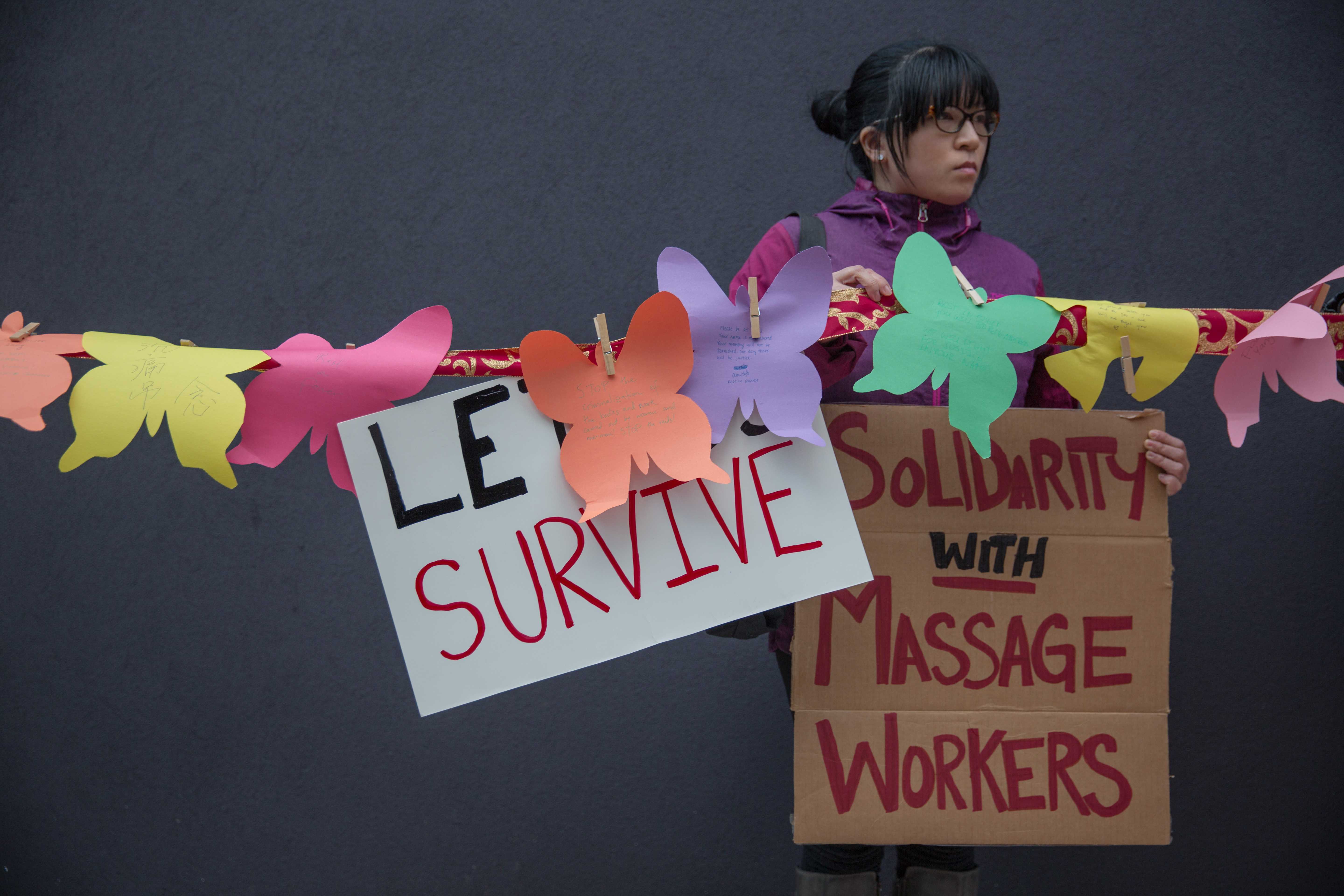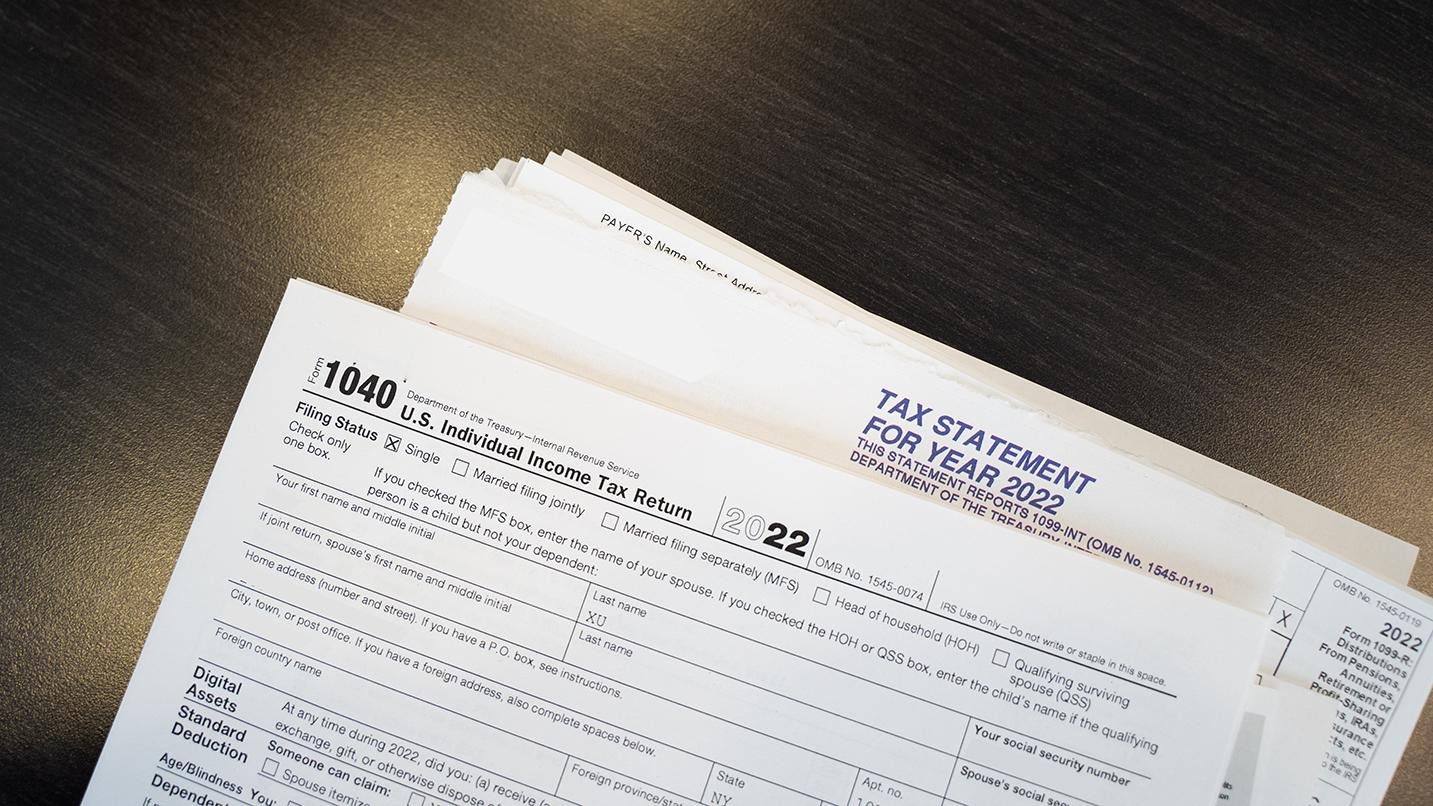In May, Queens District Attorney Melinda Katz announced her war on human trafficking with the creation of the Human Trafficking Bureau. The new group empowers law enforcement to crack down on sex and labor trafficking by prosecuting traffickers and people paying for sex as well as connecting sex workers with resources to “escape” the industry. The new unit will be staffed by a team of assistant district attorneys, social workers, detectives and analysts.
Although promoted by Katz as a fulfillment of her campaign promise to end the criminalization of sex work and concentrate her efforts on traffickers, advocates believe the new bureau will continue the cycle of criminalizing sex workers, particularly immigrant and trans sex workers, increasing policing in predominantly immigrant communities as well as pushing the sex industry further into the shadows.
“We know the people they will be prosecuting are in our communities and the issue with that is that they will also be surveilling sex workers,” said Mateo Guerrero, an organizer with Make The Road New York, an immigrant advocacy organization. “Even though they are not going to be arresting people who are in the sex trade they are going to be continuing to be surveilled in an attempt to arrest clients.”
State Senator Jessica Ramos, who is co-sponsor of a bill that would decriminalize sex work in New York State by allowing the selling of sex between consenting adults while making clear that sex work involving minors, force, intimidation, coercion, and trafficking all remain illegal, opposes Katz’s new task force out of fear that it will increase her constituents’ encounters with law enforcement as well as further harm sex workers. Katz’s plan mirrors the Nordic Model, which attempts to end sex work by eliminating the market for prostitution. This means prosecuting sex traffickers and buyers of sex.
Although promoted by anti-sex-trafficking and prostitution abolitionist groups as a way to curtail human trafficking, Amnesty International found in a study published in 2016, that the Nordic Model violated the rights of sex workers by creating an atmosphere of fear built upon surveillance, evictions, and deportations. When Ireland instituted the Nordic Model in 2017, Ugly Mugs, an organization that helps sex workers share information that keeps them safe, found that after the model was made law there was nearly a 50 percent rise in violent crime against sex workers. By criminalizing the purchasers of sex, Ireland’s sex workers lost the ability to safely screen their clients.
“This is my worry with the Nordic Model, which is that if you take the sex worker’s right to screen their clients, there is no incentive for their clients to give them their real name or number,” Ramos said. “You’re still perpetuating a clandestine industry that is perpetuating violence because it operates in the dark. The best thing is to do is to have things out in the open and make sure we are addressing any public health care concerns that may arise.”
Supporters of decriminalization view any effort to use law enforcement as a tool to combat sex trafficking inherently flawed because it will inevitably put sex workers, especially immigrant sex workers in harm’s way. In a 2016 study, the Urban Institute found that one-quarter of people who were arrested on prostitution charges in New York City between 2015 and 2016 were immigrant Asian women. Two-thirds of which were arrested in Queens.
Kate Zen, a former sex worker who co-founded Red Canary Song, a collective organizing Asian massage workers in Flushing, Queens, views Katz’s bureau as putting immigrant sex workers’ legal status in jeopardy.
“We don’t have a lot of information yet on how Katz intends to run this unit, but in general we have seen increased encounters with law enforcement has brought harm to the lives of immigrant sex workers,” she said. “Law enforcement has not been careful in protecting their data from ICE which has led to deportations for people who are caught up through these proceedings.”
Zen points to the case of 27-year-old transgender woman Layleen Polanco, who, last year, was found dead in her cell on the notoriously inhumane Rikers Island. Polanco was held on Rikers in the first place because she was unable to afford the $500 bail after an arrest for an open bench warrant that she was issued because of a failure to complete the diversion program ordered by Manhattan’s Human Trafficking Intervention Court. To Zen, Polanco’s case should be viewed as a cautionary tale for Katz of the dangers increased policing against sex trafficking in the name of rescuing them, can pose for sex workers.
“A lot of women say that the biggest trauma for them is not actually the work of sex work but the trauma of arrest. So we need to be very careful about this approach and understand that encounters with law enforcement are a form of violence, that many people who are believed to be trafficked end up not identifying as trafficking victims.”
Katz’s crusade against human trafficking comes at the heels of the Trump Administration’s pledge to spend $70 million to combat trafficking in January, spurred by anti-sex-trafficking advocates’ claims that over 400,000 people are enslaved in the United States. However, that figure is misleading as it’s an estimate from a 2001 University of Pennsylvania report that showed how many youths who are at-risk of commercial sex exploitation not the number of youths who are victims of sex-trafficking.
Although, in a press release heralding her office’s new initiative, Katz stated that “the sex trafficking industry is a brutal, degrading and illegal enterprise that far too often profits by forcing women, children, and members of our transgender community into prostitution,” data shows that sex trafficking, especially the trafficking of children, is far less prevalent than many believe it to be. Data collected by the International Labor Organization’s 2012 Global Estimate of Forced Labor report found that three-quarters of forced labor does not involve forced sexual labor at all. In fact, a study funded by the U.S. Department of Justice concluded that the total number of juveniles in the sex trade in the United States was about 9,000 to 10,000, far fewer than what was previously thought.
Sex-trafficking activists such as Mateo Guerrero believe law enforcement paternalizes sex workers by conflating all sex workers as victims of trafficking.
“People have the idea that anyone who is in the sex trade is being trafficked and that is not true. It really removes the agency of people who chose to engage in consensual trading.”
While Senator Ramos agrees with Katz that sex trafficking is an issue in Queens and that more should be done to help victims come forward, she believes when all sex work is viewed from a trafficking lens women are harmed.
“What I believe the DA’s office should do is keep everyone safe, so from that lens you can’t think of all sex selling under the same umbrella because yes you have third party agents that must be held responsible, especially when there are minors involved, but when there is a grown person who happens to makes these decisions for themselves, their privacy should not only be respected but empowered, that way they can report any violence against them.
The Queens DA’s Office declined to comment for this story.
Eventually, some activists hope that the resources that go towards policing sex workers would go towards preventing the conditions that force people into the profession to begin with.
“We believe the resources need to be shifted towards those community supports that Katz talks about,” says Zen. “Towards providing housing, providing job training, those are the really affecting ways in attacking the social-economic issues that push people into this kind of work. The more resources are shifted away from law enforcement, we think the more effective it would be.”
Also read from our archives: One Year on From Yang Song’s Death, Asian Sex Worker Advocates Call for Reduced Policing














